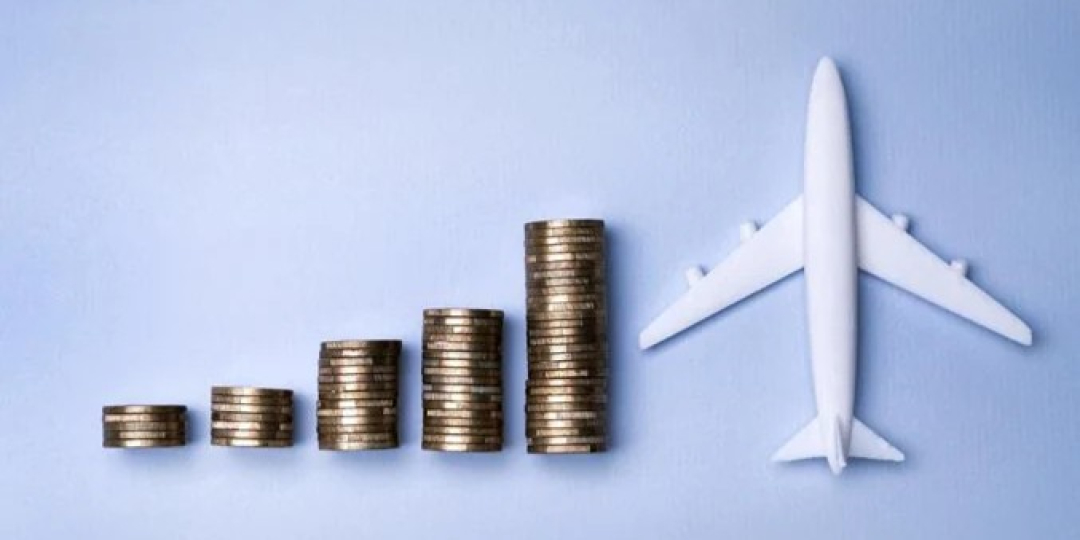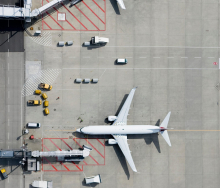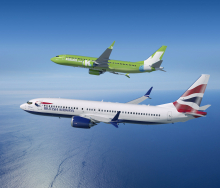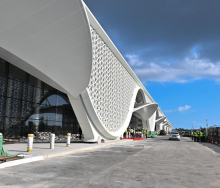After years of turbulence, airlines worldwide have returned to profitability – some for the first time in over a decade.
The recovery is broad-based, with flag carriers from Africa, the Middle East and Europe posting impressive financial results for 2024 and early 2025.
Kenya Airways, in the red since 2013, stunned the industry by announcing a nett profit of KES5,4 billion (R761 million) for 2024 – a massive reversal from its 2023 loss of KES22,6 billion (R3,1 billion).
Similarly, Virgin Atlantic returned to profitability in 2024 for the first time since the pandemic. The airline reported a pre-tax profit of £20 million (R472,5 million).
Turkish Airlines, officially recognised by Guinness World Records as the airline that flies to the most destinations, posted a nett profit of US$2,4 billion (R43,9 billion) in 2024.
The standout performer was the Emirates Group, which reported a record profit before tax of AED22,7 billion (R112,4 billion) for the 2024-25 financial year, up 18% from the previous year, making it the world’s most profitable airline.
What’s behind this wave of profits?
Dr Joachim Vermooten, an aviation economist and chartered accountant, attributes the turnaround to multiple factors, chief among them a global surge in passenger demand.
Traffic growth
“IATA’s Air Passenger Market Analysis for the year-end December 2024 demonstrated that the world’s operational airline profitability increased for 2024, primarily due to worldwide air traffic growth in 2024,” Vermooten told Travel News.
Iata’s global Revenue Passenger Kilometres (RPKs) grew by 10,4% year-on-year in 2024 – surpassing pre-pandemic 2019 levels by 3,8%.
Cost control
“Post-COVID-19, airlines have been fundamentally restructured at efficient cost levels,” explained Vermooten. “Combined with generally more stable and relatively low fuel prices, the higher traffic volumes resulted in profitability worldwide. Within Africa, similar conditions apply with the exception of about 10% lower load factors and higher cost levels than elsewhere.”
Capacity
Airlines had also become very disciplined about matching capacity to demand, said Vermooten.
“Increases in the production of seat capacity are broadly in line with increases in passenger demand, which demonstrates a greater industry ability to balance the level of capacity to the levels of demand.”
Unbundling
Another key factor is the increasing reliance on ancillary revenue strategies.
“Many larger network airlines adapted their pricing models and operations to emulate ultra-low-cost carriers through unbundled fares (ancillary revenue), which reduce differentiation to niche business models,” Vermooten noted. “On the other hand, some airlines now charge for elements of premium products that were previously included.”
Thin margins
Still, the industry’s profit margins remain razor thin, and Vermooten cautions against over-optimism. “Despite higher revenue levels, relatively low industry nett profit margins do not yet assure sustainable profitability.”
Several external threats continue to weigh on the sector. Aircraft delivery delays, engine maintenance crises, and climate change compliance costs are already causing operational disruptions and may lead to higher ticket prices in the near future.
“About 40 airlines and lessors are impacted by PW100G engine issues… This inhibits airline fleet expansion plans, constrains routes and results in employee reductions,” Vermooten warned.
Meanwhile, ongoing problems with Boeing 737 Max production and Rolls-Royce Trent
1 000 engines have forced several airlines to ground aircraft and cut routes.
Looking ahead, Vermooten warned of increased global volatility.
“Much uncertainty remains about inflation, interest rates, productivity and migratory patterns… Elections outside the US may also result in more coalition governments and possibly more inward-looking economic policies.
“Airlines need to remain agile and rapidly respond to changing circumstances to be successful.”
Some experts see distinctly dark clouds ahead for the industry. Former CEO of Qatar Airways, Akbar Al Baker, speaking on airline profitability at the recent CAPA Airline Leader Summit in Athens, issued a stark warning, reports Skift.
Al Baker predicts that renewed geopolitical tensions, supply chain shortages and rising defence spending will hit the sector over the coming years. “The industry – in my opinion – is going to have a very turbulent several years, because of the trade conflicts that are going to happen between countries.”














